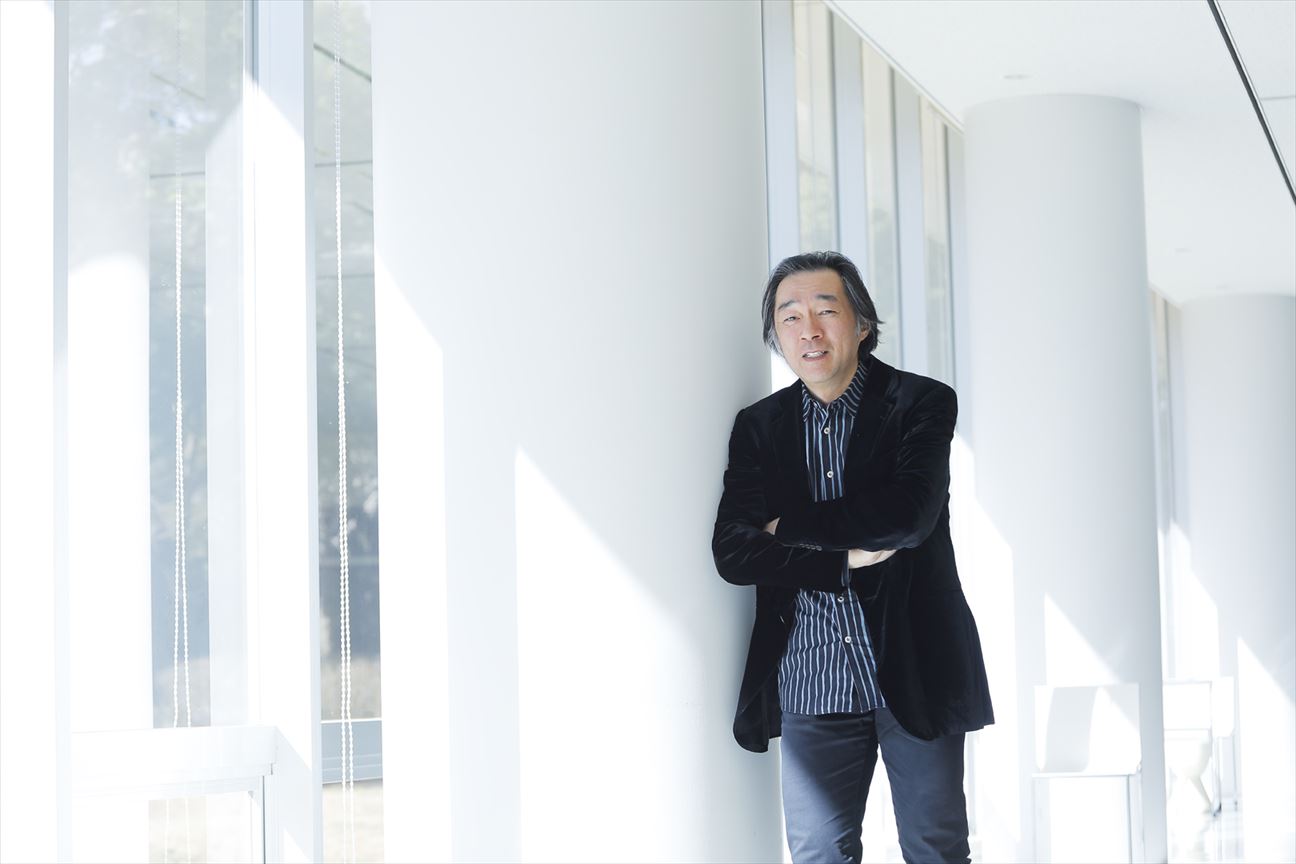TSUKUBA FRONTIER
#17 The Presence of People Can Heal: Searching for a New Mental Health Treatment Which Uses Dialog as Medicine
An objective understanding of antisocial behaviors such as truancy and domestic violence is essential when caring for people affected by them. Professor Saito is working hard on research, diagnosis and treatment techniques to establish and introduce a new mental health treatment method based on dialog.
Professor SAITO Tamaki, Faculty of Medicine

■ The reality of hikikomori
Giving up all school and work obligations and staying at home all day - this is what hikikomori means. Prof. Saito examined many people like this when he was a graduate student. The origins of the term hikikomori are not clear, and it is important to note that it is not a medical term, rather a description of an antisocial behavior not clearly delineated as a medical issue, rather like homelessness and domestic violence.
Most cases of hikikomori are people who were truants at school and then continued the same lifestyle by not continuing further education or getting a job. Contemporary society sees these people as strange, but in pre-war Japanese literature those who would nowadays be called NEETs (not in education, employment or training) and unmarried women with virtually no social contact outside of their families were portrayed without the slightest sense of unease. Perhaps Japan has a certain cultural acceptance of people who do not participate in society.
■ The possibility of treatment
Does the withdrawal from society in itself necessitate medical treatment? In the vast majority of cases, the person in question does not think this is an illness. However, spontaneous recovery is rare, and there are proven adverse effects on health, such as lifestyle-related diseases and depression, if the problem is ignored and prolonged. However, it is simplistic to state categorically that hikikomori is wrong or abnormal as there are people living in isolation who come up with amazing inventions and discoveries and who lead lives of great creativity.
However, treatment and support are possible if the person in question wishes to do something about the problem, and in these cases, the most effective treatment is dialog. This does not mean dialog just with doctors; conversations with people who have had similar experiences are also very important. Group therapies similar to those used to treat addictions are also beneficial as they highlight shared problems such as low problem awareness and family dysfunction.
■ Seeing adolescence through the lens of a subculture
Nowadays, hikikomori in middle aged and older people is seen as the biggest problem, but these issues usually go back to adolescence. Youth culture is often observed and critiqued in an attempt to understand adolescence. The issue most discussed is that of otaku. Often ridiculed, this is nevertheless an essential keyword in the discussion of contemporary Japanese society.
Popular worldwide as a symbol of "cool Japan", anime and video games were born out of an accumulation of otaku culture. Pseudo-infatuations with the characters who appear in these media are one characteristic of otaku culture. An examination of the background behind the birth of these unreal and innocent characters shows that treating them as objects of desire requires the kind of special talent which is unique to the perverted sexuality of adolescence.
■ 'Open dialog' - a treatment method which uses the superior healing capabilities of dialog
Until recently, psychiatry took a medical approach - the cause of the illness is in the brain and is treated through medication. But there are many cases in which communication breaks down and the person retreats into a solitary world due to the circumstances of human relationships and social environments, even when the brain is normal. hikikomori is the most typical example of this.
This means that the key to treatment is dialog. Just building a relationship of trust with the patient yields considerable improvements. On balance, it is the presence of people which heals. Some people end up malicious and harmful, but this just goes to demonstrate the extent to which people can bring about changes in people.
This is why we have started using the "open dialog" method, a revolutionary treatment for schizophrenia developed in Finland. A team of doctors, the patient and family members converse, and this interaction triggers a process of natural healing. We are trying to apply this method as a treatment and support for antisocial phenomena such as hikikomori. We have implemented this in clinical settings and have been getting a good response.
■ Looking for a new kind of mental health treatment

With the growth of social media, it has become much easier to widen one's social circle without going outside. On the other hand, consideration for one's interlocutors takes precedence, which makes it difficult for one to express feelings honestly, and therefore, one-to-one direct dialog is extremely significant. As long as a facilitator with a certain level of skill and expertise is present, open dialog can take place anywhere, meaning it can be used to take mental health support out into the community.
When Prof. Saito became a psychiatrist and began treating people, he noticed that people with mental illness were not that different from him. And it is particularly because of this that antisocial behaviors, which are considered peripheral within psychiatry, must be tackled. The establishment of the university research lab has enabled him to expand his research and treatment activities. It is Prof. Saito's lifework as a clinician to utilize this environment to consolidate open dialog methodology, nurture qualified human resources, and help this type of treatment to become established throughout Japan.
Article by Science Communicator at the Office of Public Relations


